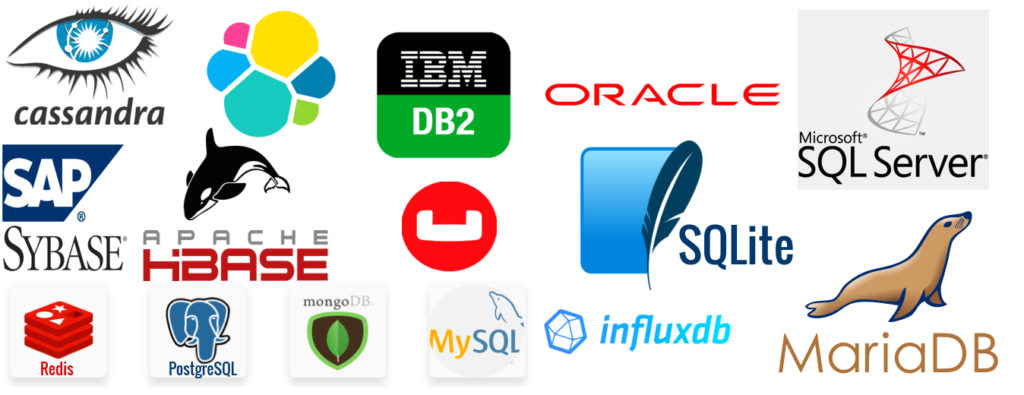SQL vs NoSQL, the simple difference

Hello everyone, today, we will focus on the differences between relational and non-relational databases, which are commonly referred to as SQL and NoSQL. As a data analytics or data engineer, you are likely already familiar with these differences. However, beginners may find the concepts of each type unclear. And understanding these concepts is crucial for anyone working with data storage systems. So, let’s get started!
Relational databases, known as SQL, are structured systems characterized by tables composed of defined columns and numerous rows. Each row represents a data entry, and the defined columns play a vital role in maintaining structured schemas. In SQL, relationships between tables are established through unique identifiers, allowing data records to reference other tables.
On the other hand, NoSQL databases have a different structure. They rely on what are known as document-oriented databases, where the information is stored as documents without a fixed schema. Unlike SQL, NoSQL systems do not support joins, making them more suitable for handling unstructured data.
When it comes to scalability, SQL databases require vertical scaling, which means upgrading the resources of the machine hosting the database as it grows. On the contrary, NoSQL databases allow for horizontal scaling by replicating the database on multiple servers, efficiently handling increased demand and distributing the workload across nodes.
Choosing between these two systems depends on your specific needs. SQL databases excel when you require a structured database with well-defined relationships between tables and a priority on data integrity. If you’re building an application with dynamic and loosely related data or don’t require strict data consistency, NoSQL databases are a suitable choice.
Now, let’s explore some popular database management systems for each category. For SQL, options include MySQL, PostgreSQL, Oracle SQL Server, and Microsoft SQL Server. For those leaning towards NoSQL, MongoDB, Cassandra, Couchbase, Amazon DynamoDB, and Redis are excellent choices.

It’s important to remember that SQL and NoSQL databases were developed in different eras, with varied requirements and costs. SQL databases emerged in the 1970s, while NoSQL gained prominence in the late 2000s, driven by the rise of cloud computing and big data. Despite this time gap, both systems have their merits and can be chosen based on individual needs.
Whether you’re a developer or data professional, making an informed choice between these systems is crucial for efficient data management. Stay tuned for more informative articles, and happy coding!
